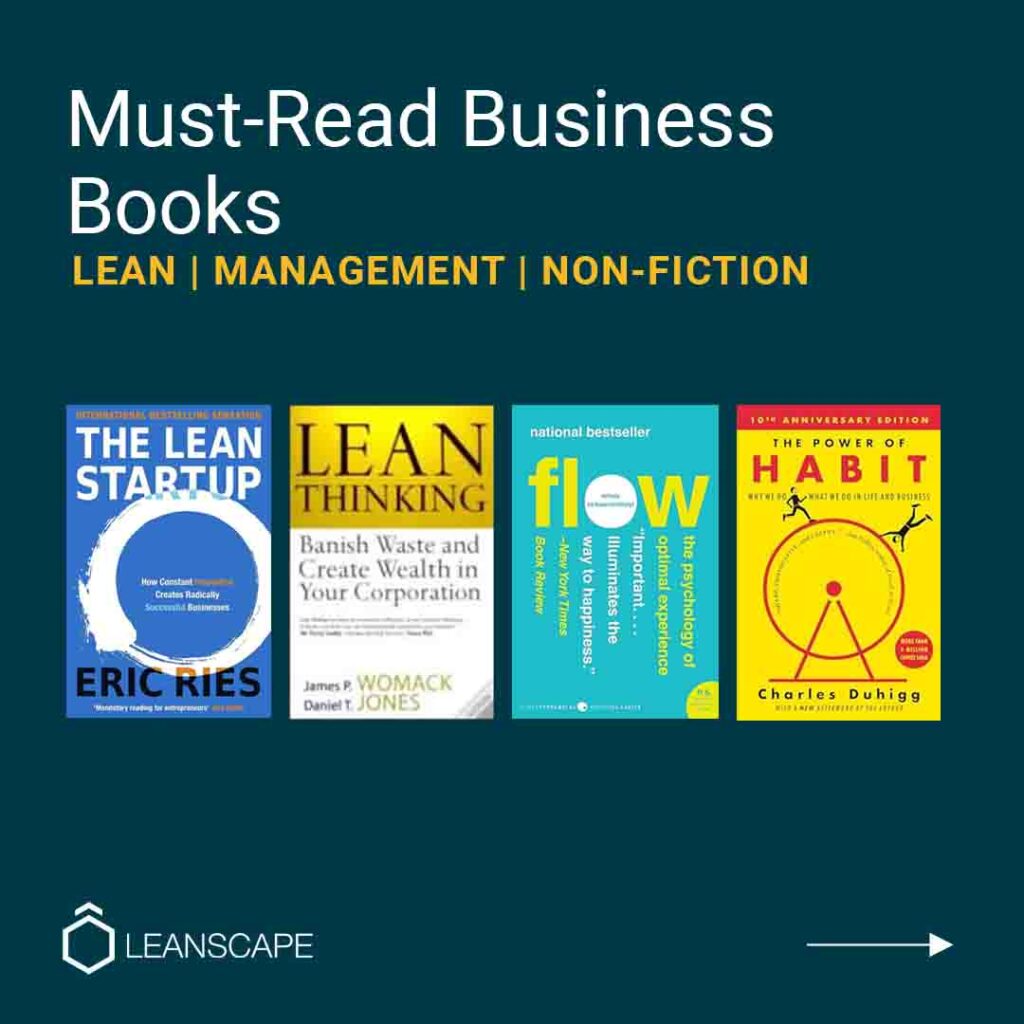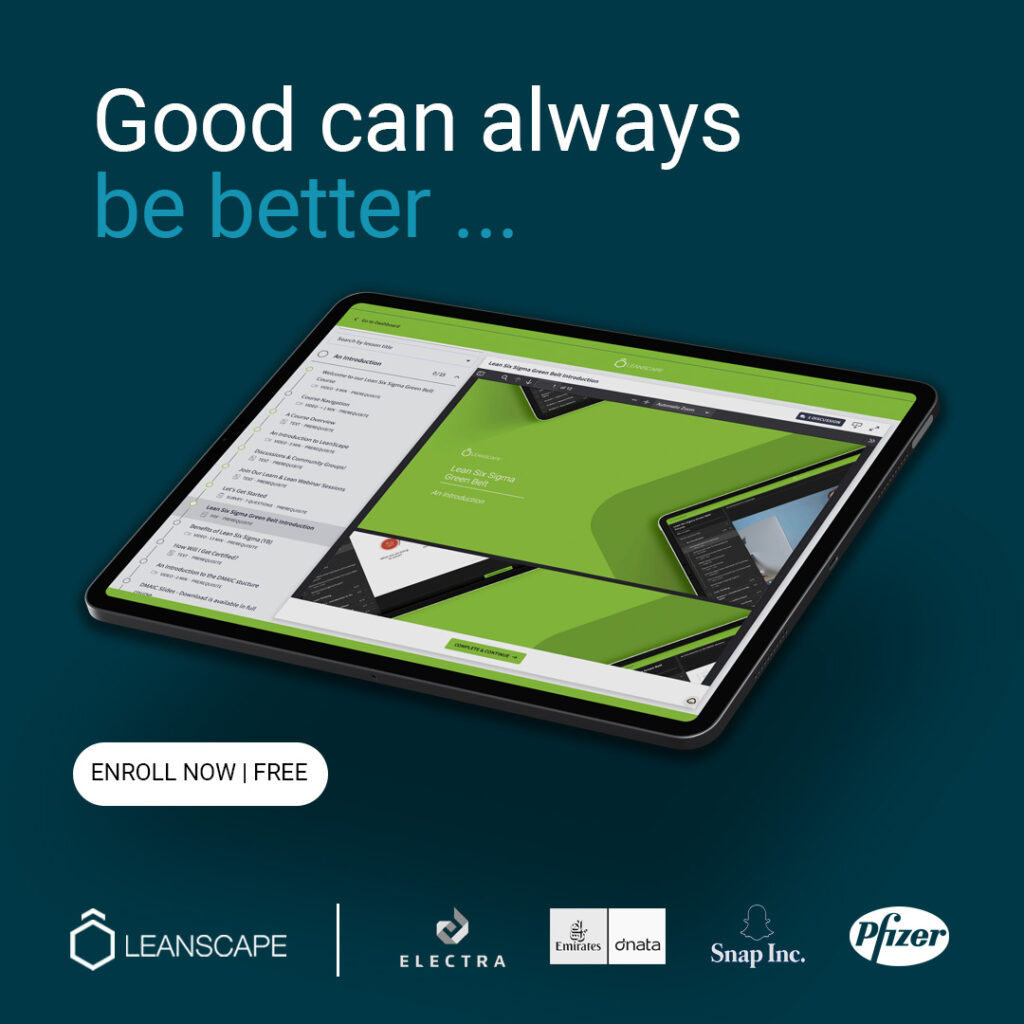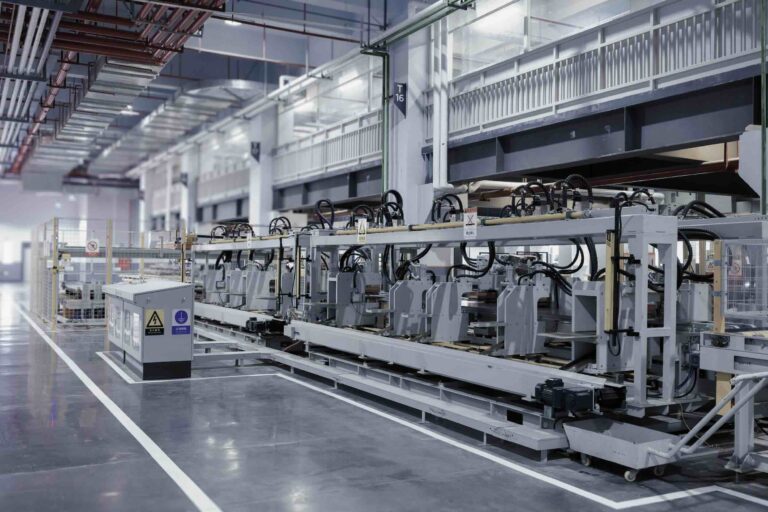In today’s highly competitive business landscape, reducing changeover times has become a key driver in increasing efficiency, reducing costs, and improving customer satisfaction. For Lean Six Sigma professionals, understanding the Single-Minute Exchange of Die (SMED) methodology is crucial to achieving changeover time reductions and, ultimately, enhancing overall operational prowess.
This in-depth analysis of the SMED methodology will provide a clear, insightful understanding of the principles, steps, and practical applications for Lean Six Sigma professionals. Hone your skills and apply this powerful tool to drive meaningful organisational improvements.
Understanding SMED: Single Minute Exchange of Dies
The Single-Minute Exchange of Die (SMED) system was developed by Dr. Shigeo Shingo in Japan during the 1950s and ’60s to reduce equipment changeover times drastically. This was at the heart of the Toyota Production System. The core principle of SMED is to enable changeovers to be completed in single-digit minutes, ideally nine minutes or less. This approach revolutionises the production process, allowing for increased flexibility, reduced downtime, and significant cost savings.
Dr Shingo’s critical insight was recognising that changeovers could be broken into distinct steps, which could then be optimised to decrease the overall changeover time. By understanding and categorising these steps, Lean Six Sigma professionals could identify opportunities to streamline the process and minimise waste.
The goal was to reduce the changeover time by reducing as many elements as possible that have little or no change on the quality or output of the process. If we can convert internal elements to external setup activities, then Dr Shingo believed we would reduce current changeover process times, deliver further inventory reductions and less equipment downtime.
What is Setup Time
Set-up time is the time it takes to switch a manufacturing process from producing one product to another. It is also known as changeover or conversion time. This includes both external elements or external components and internal elements or internal components. Both can vary greatly depending on the complexity of the operation. In a typical production environment, set-up time includes activities such as:
• Unloading product from the previous run
• Loading new material into the machine
• Adjusting parts and tools to accommodate the new product
• Clearing any blockages or jams that occurred during the last run
• Testing the equipment before it is ready for production
By reducing setup time through SMED implementation, setup time can be reduced to single digit minute times for the entire changeover. As teams identify elements (both external and internal elements) the SMED process focus is on more streamline elements, that improve current change over process, reducing multiple operators, eliminating waste through SMED Implementation.
Benefits of SMED-Reduced Changeover Times
The ultimate goal of SMED is to reduce set-up time as much as possible, thus increasing efficiency and lowering costs. By understanding and optimising each step in a changeover process, Lean Six Sigma professionals can identify opportunities for improvement and drive tangible performance gains. The benefits of successfully applying SMED include:
• Increased operational flexibility – The ability to quickly switch between different products and processes increases the responsiveness of your organisation to customer demands.
• Increased throughput – Faster changeovers mean less downtime and more time for productive tasks.
• Reduced lead times – A shorter set-up time enables faster delivery of products, improving customer satisfaction.
• Lower costs – By decreasing set-up times, you can reduce labour and energy costs associated with the production process.
• Improved quality and precision– Quicker changeovers mean fewer mistakes, resulting in higher product quality.
100% Free Fundamentals of Lean COURSE
The SMED Process: To accelerate machine change over times
To implement SMED, follow these four primary steps:
1. Separate internal elements and external activities: Begin by analysing the changeover process and identifying which activities can be done during machine operation (external elements) and which require the equipment to be stopped (internal elements). The ultimate goal is to maximise the work done externally to reduce the impact of internal elements and delays caused by internal setup activities. By looking for parallel operations, we can identify fewer internal elements, fewer tools, and fewer operators that alp concert internal elements to an element external to the process with fewer impacts.
2. Convert internal activities to external activities: Identify ways to move internal activities outside of the changeover process. This helps separate external elements so that we can create an external setup standardise function. This could involve preparing tools, dies, and components or using quick-release fasteners to replace parts. This allows parallel operations to take place, reducing internal setup impact and relying more on external setup operations.
3. Streamline all remaining activities: Examine the remaining internal activities and look for opportunities to streamline them. Streamline remaining elements so that the average setup times improve further. This may involve standardising procedures, using visual aids to minimise errors, or deploying specialised tools to reduce manual work. By doing this, we can minimise setup errors and be more responsive to changes in customer demand.
4. Continuous improvement: As with any Lean Six Sigma process, continuous improvement is crucial. Regularly evaluate changeover processes and identify further opportunities for optimisation. This may be exploring further setup reduction techniques, using manufacturing performance data to drive change, or simply optimising changeover elements. Encourage collaboration and feedback from operators and other stakeholders to ensure a more efficient, streamlined process. This is a critical step in implementing SMED.
Practical Applications:
SMED can be applied across various industries to achieve impressive reductions in changeover times, increased efficiency, and improved capacities. Here are some examples of where SMED has been successfully implemented:
– Automotive: SMED has been used in automotive manufacturing to reduce die change times in stamping operations, enabling more flexibility in production and the ability to respond more quickly to customer demands.
– Pharmaceuticals: In an industry where constant change and adaptations are required, pharmaceutical companies have leveraged SMED to decrease equipment changeover times, leading to faster product delivery and enhanced responsiveness to market demands.
– Food & Beverage: With the need for a swift response to consumer preferences and market fluctuations, food & beverage manufacturers have utilised SMED to shorten product changeover times, elevating production efficiency and customer satisfaction.
Conclusion:
As a Lean Six Sigma professional, mastering the principles and applications of SMED is essential to improve operational efficiency and effectiveness. By understanding and implementing the four primary steps of SMED, you can unlock the potential of changeover processes and drive significant cost savings for your organisation. With adequate training and experience, you, too can utilise SMED to revolutionise production operations and maximise customer satisfaction.
- Test
- When this happens in bullet it becomes bold
- Example 3
- Example 4
When I use the number list it looks like this
- Today this is item 1
- This is item 2
- This is item 3




















